To innovate let’s hack some myths on innovation
The secret sauce to innovation doesn’t have a single recipe. Thousands of books out there share some interesting ingredients and it’s probably a mix of these that will help us shake our organisations and put them in a better place to act innovatively. Should it be the task of a specialized department or rather a lens that embeds all parts of the organization?
While I honestly believe the latter, it’s true that what comes as a general belief is that brand teams (call it marketing, creative departments, or experience designers) should definitely have innovation running through their veins.
But innovation is liquid by nature and can’t be easily chased, so embedding it in the team is not a simple task. If innovation starts by looking at things from a different angle, why not look at the drivers of innovation from a different angle as well?
More or less communication?
The benefits of open, transparent communication are clear for all of us and it’s typically an objective when designing an organisation and its procedures. It contributes to team engagement, helps spread knowledge and empowers more efficient processes. In a well-crafted team design, we should include communication workflows, easy to access information repositories and internal trainings to include everyone in.
However, when we aim at developing a new product or service, should we maximise communications? Damon Centola experienced with network & systems modelling and arrived at a different conclusion. Maximising communications and collaboration above a certain threshold can actually hamper collective intelligence. Too much communication can actually increase the status quo around certain ideas, leading the team to evaluate the same set of proposals and reducing the space for divergent solutions. Enabling smaller teams, with reduced access to overall information, is their solution to accelerate innovation. Limits are indeed a great enhancer of creativity.
Processes or persons?
There are multiple strategies, models, and roadmaps around innovation, according to the abundant business literature. While it will always be interesting to take key insights from many of them, in a recent article of HBR, the authors of “Leading transformation: how to take charge of your company’s future”, make a different bet and put the focus on persons. Ensuring certain profiles in the team is their key to driving an innovative organisation.
Three traits characterize these profiles: negative capability (the ability to accept the lack of an immediate answer), being chaos pilots (who can lead and execute in unfamiliar territories) and combining divergent thinking, convergent action and influential communication.
These are not easy to find profiles and often neither easy to deal with, but it’s their distance from status quo what makes them good conductors of innovation.
I will add to the equation one thought: are these profiles found or made? While recruiting is an art and identifying these persons on the outside will for sure bring added value, creating an organisation that empowers individuals to become chaos pilots will contribute for sure to a more endurable shape shifting organisation.
A goal or a means?
Finally, and coming back to the beginning, should innovation be a goal by itself or rather a lens through which the organisation looks and interacts with the environment? Some companies are famous for their innovative drive and have innovation departments or roles, radiating certain guru aura. Without going that far, innovation can happen in every single task of the day: in how we plan or execute a meeting, in how we approach the design of an emailing, or even on how we develop our consumer understanding (the concept of “Unfocus group” by Tom Kelly from IDEO is one of my favourite research tricks.)
Applying innovative techniques to our everyday responsibilities hacks its output and enable us to bring our brands further. But it’s not something that comes out of sheer inspiration -even if creativity is often seen as the gift of some lucky ones-: it comes by acknowledging the need to break the “we have always done it this way” mode, by taking the time to think what can be done differently, and by trying out new techniques. Setting the right framework for these behaviours to flourish is undoubtedly one of the key missions of the organisation.
When innovation becomes the means to challenge the way we operate in the day-to-day, it’s when we start nurturing a learning organisation, definitely one of the good recipes for the secret sauce of innovation.


